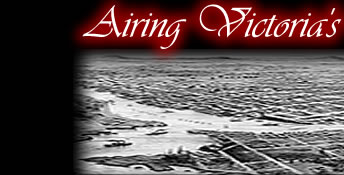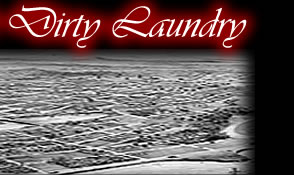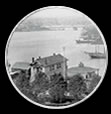


 |
 |
 |
|||||||
|
LEGAL ASPECTS Although it's difficult to find clear evidence of the city's legal stance on prostitution, the Canadian Criminal Code and the local police chief's report suggest that society's tolerance for it was in decline. In a memo, Victoria Police Superintendent, C.P. Bloomfield,
refers to a resolution passed by Municipal Council on 12 September 1881
to "call attention to the necessity and importance of the Police
Authorities taking measures for the suppression of Houses of Ill Fame
at China Town". Legally, prostitution itself was not regarded as an offence,
instead it was dealt with by means of a charge for street solicitation
or the operation of a 'bawdy-house'. In effect, the test of it as an offence
was the extent to which it became a "fact of public annoyance". In his 1886 report to the Chairman of the Police Board
Bloomfield wrote: "in regard to the Houses of ill-fame in the city,
I enclose a list of the Houses with the names of the owners or agents
of the premises of all the Houses kept by White or Half-bread women, the
names of the persons that keep Chinese Houses of ill-fame I have not got,
only the names of most of the owners of the premises". However, many of the house owners (not the renters) were
considered well-respected citizens, which possibly explains why they were
never prosecuted. Subsequent exorbitant rent increases suggest that the
property owners knew that immoral businesses were being carried on but
were willing to tolerate it for a price. By the following year, however, federal legislation made
it clear that prostitutes themselves would be subject to criminal charges.
Section 8 of the 1887 Criminal Code of Canada stated: Click HERE to proceed to Prostitution
in London.
|